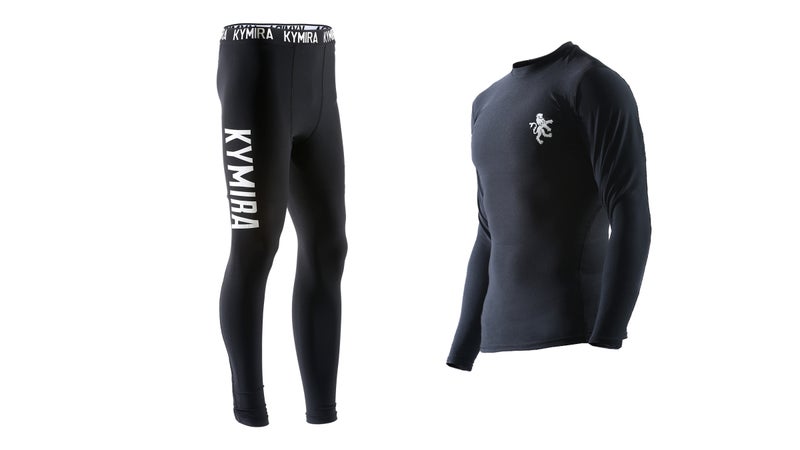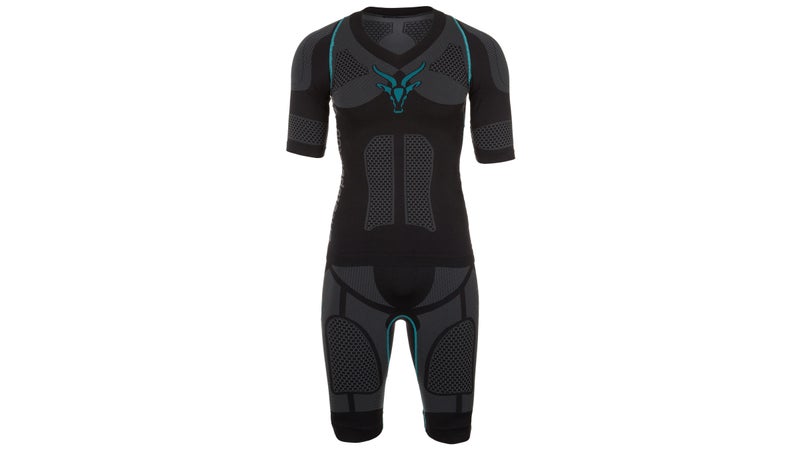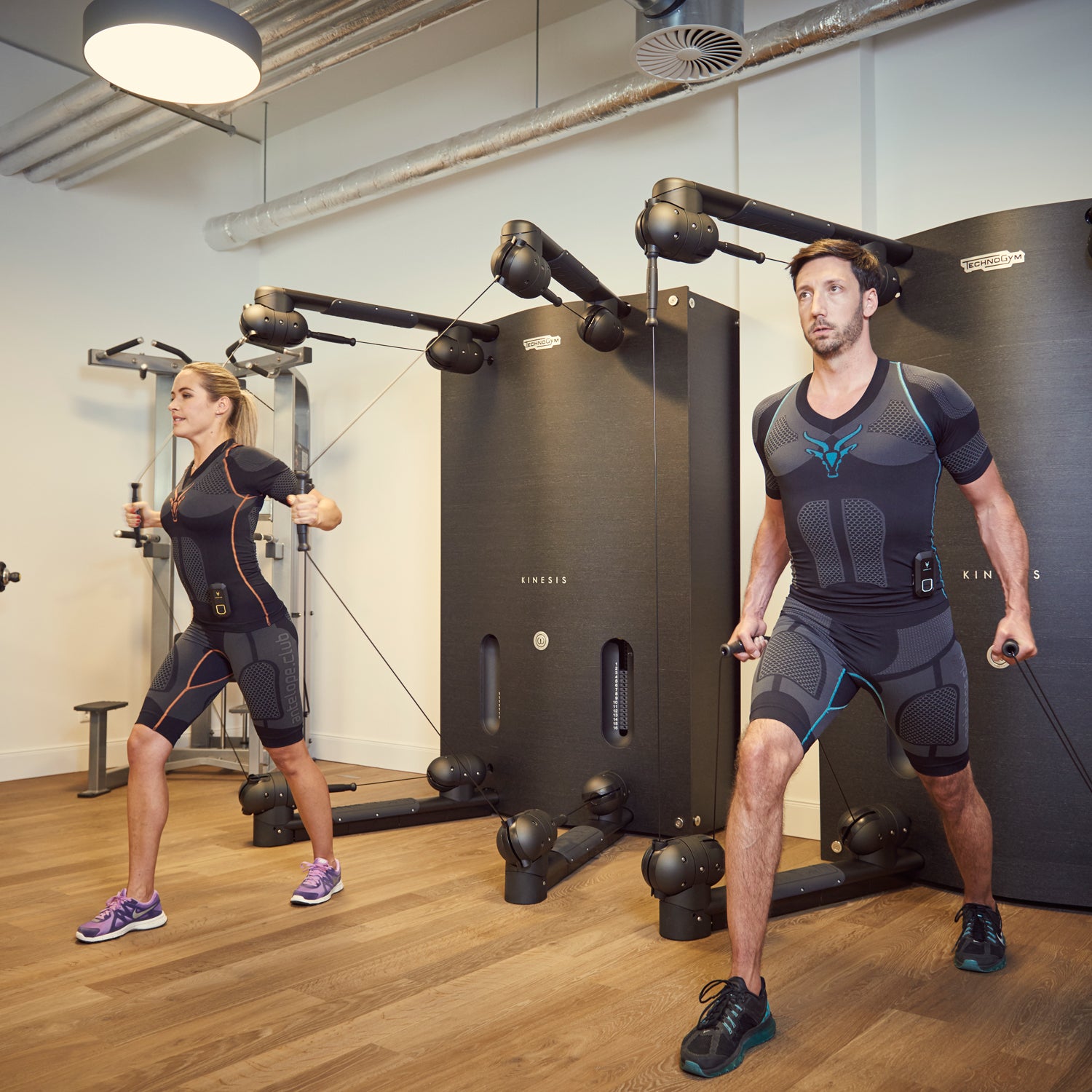In the last year, we’ve seen at least half a dozen companies launch (or more often crowdfund) apparel that allegedly makes workouts more effective. That doesn’t include the clothing, like the products from Hexoskin, Athos,�����Ի� OmSignal, that monitors your vitals as you sweat. No, these new brands claim their stuff actually improves the quality of your exercise, reduces the chance of injury, and corrects form.
While it’s temping to lump these upstarts together, then throw the ideas into an incinerator, it’s important to note that these garments all operate on different principles—some of which have more scientific backing than others. Here’s the scoop behind the latest crop of super apparel, including a few I tested for myself.
Kymira Sport

its Core 2.0 leggings, Pro top, and Infrared Compression socks will increase circulation, tissue oxygenation (by 20 percent), and cellular metabolism, plus provide pain relief, thanks to the “infrared technology” embedded in the fabrics. “Our fabrics capture your wasted energy and convert it to a specific wavelength that has been proven to have beneficial effects on your body. Essentially recycling your energy back into your muscles and supercharging them,” its science explainer page reads.
That sounds a lot like the explanation behind traditional compression gear. And that’s exactly what the leggings, shirt, and socks felt like when I tested them. They were skin-tight, plenty comfortable, and warm—which is typical of my experience running in compression apparel. I didn’t notice any of the alleged additional benefits of the infrared technology.
(I should also note that many of the claims made by traditional compression-wear brands are dubious. Most gear makers will tell you the stuff helps you go faster for longer, while reducing the chance of injury and speeding recovery. But virtually every study has shown that the only benefit that comes from wearing compression clothing happens when it’s worn after exercise, not during. It may speed recovery, but the difference is modest at best, and the mechanism by which it works is still undetermined.)
1st Round
1st Round touts its “” technology: “Through increased oxygen delivery to the muscles energyDNA is able to limit fatigue, improving speed, strength, power, and endurance.” The company claims that tiny bits of graphene, titanium, aluminum, and silver are ground up and then “loaded directly into the core of the” clothing’s fabric. Other companies, such as Celliant and Holofiber, have developed similar fibers, and 1st Round even cites studies done on those other two technologies as evidence that its energyDNA works. But as Consumer Digest notes, those studies have been small-scale and weren’t peer-reviewed. In short, there’s nothing that proves that these materials can store up the energy you exert and then give it back to you, as many manufacturers claim.
�����徱����

Opedix advertises its product as “kinetic health gear,” and their effects are more tangible than anything else I tested. I tried the Dual-Tec 2.0 ¾ length tights and Blade-Tec 2.0 V-Neck shirt on two cool-weather runs.
The idea is that the garments are tighter along certain lines to provide extra support. It essentially felt like I was wearing some strategically placed kinesio-tape: I noticed a light tugging that kept my knees in proper alignment. Is it possible that tugging simply acted as a reminder to pay attention to my form? Definitely, but I had two very good runs with the tights. I didn’t notice a similar effect from the shirt, but perhaps I would have if I were doing something more upper-body focused.
These have become my favorite running pants, but the high performance comes at a price: the shirt costs $125 and the tights cost $225. So, while I very much appreciate Opedix’s , which makes a good deal more sense than those of their competition, these products are best for serious athletes or people with a good deal of expendable income.
���Գٱ���DZ����

On the other side of the spectrum, there’s Antelope. The German fitness apparel company just ran a successful crowdfunding campaign for its superhero-esque workout suit. Remember those abs belts in the ‘90s that used electrodes to (theoretically) shock you into a six-pack? Well, this is basically the , except it’s super flexible and designed to be worn while working out.
https://youtube.com/watch?v=9pzFIwB1sqM
The suit has electrodes implanted in the fabric to trigger all the major muscle groups, and a battery and antenna that clip to the outside. You control your workout from a smartphone app. It supposedly allows you to get more from each of your workouts, like work your upper body while jogging or exercise your back while biking. The company claims the suit activates “more than 95 percent of the muscle potential (versus 70 percent during a conventional workout).”
These are big claims, and while Antelope says it has working prototypes, it was unwilling to ship one to California at this time. If I make my way out to Germany in the near future, I’ll certainly update you.


